Using OMM to Fight MMA Head Injuries
Jayme Mancini, D.O., Ph.D., enjoyed both the spiritual and athletic elements of mixed martial arts (MMA) when she trained in MMA sports as a college student, but she also witnessed friends getting hit in the head during sparring and other full-contact combat.
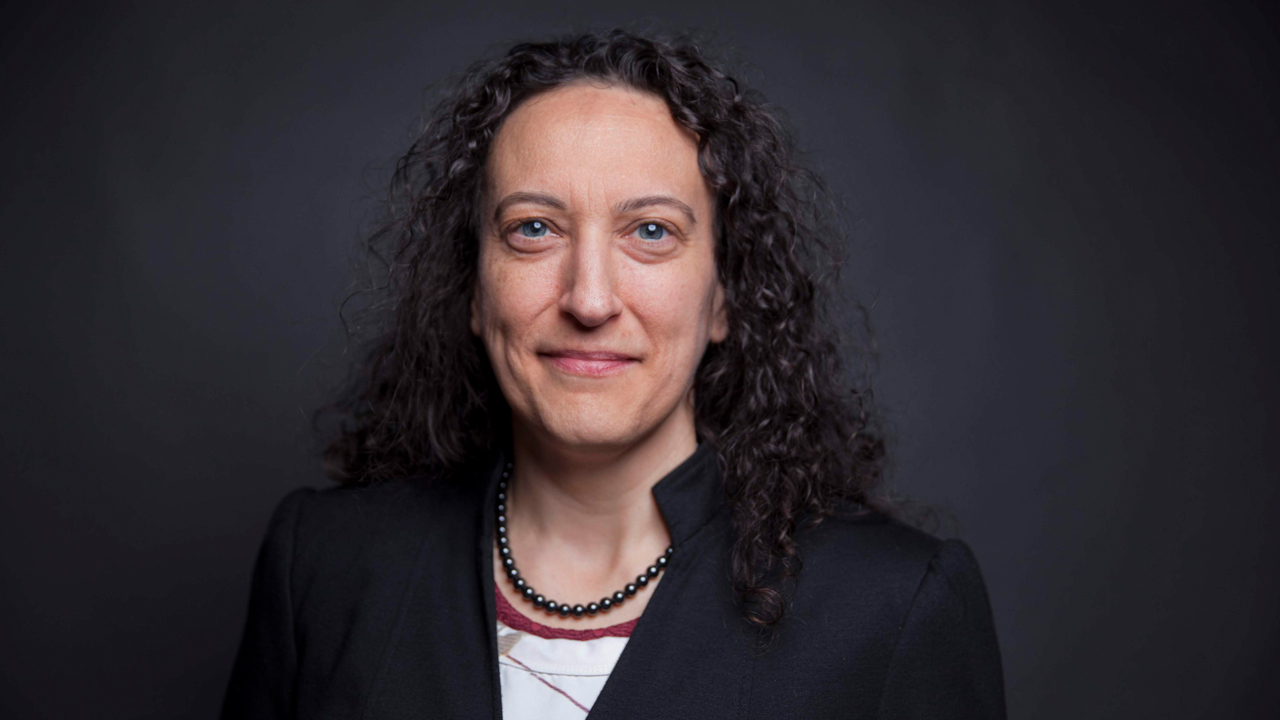
Now, as assistant professor of osteopathic manipulative medicine (OMM) at the College of Osteopathic Medicine and the principal investigator of a new translational research project, Mancini is studying how she can use her passion as an osteopathic clinician to help MMA fighters recover from head injuries.
In the United States, millions of adults and children train in MMA and many suffer concussions, a type of mild traumatic brain injury that can cause neuropsychological symptoms such as cognitive and behavioral changes. With a $100,000 grant from the American Osteopathic Association, Mancini has begun a clinical trial to use OMM to improve symptoms and speed cognitive recovery.
In the study, she and her co-investigators are enrolling participants who train in MMA and risk head injuries during MMA fights. Study participants will undergo an external physical exam, mostly of the head, and take a computerized cognitive neuropsychological test before and after a fight, which will be recorded for the researchers. If a participant is struck on the head during combat, the researchers will note the impact for post-fight evaluation. Mancini anticipates observing cognitive, behavioral, and hormonal changes in the mixed martial artists who suffer a concussion, versus those who do not.
“We hypothesize we will find clear changes in the physical osteopathic exam from pre- and post-fight, and that those changes will correlate significantly with [neuropsychological] testing score changes as well as with the location of the cerebral spinal fluid currents, which we will evaluate with computational modeling,” Mancini says.
Participants who exhibit concussion symptoms after a head injury during MMA fights will continue to the intervention portion of the trial, being randomized into two treatment groups and receiving either OMM treatment or a light-touch placebo treatment.
“We do OMM treatment by gently placing our hands on the head and other parts of the body. It is gentle manipulation,” Mancini says. She expects that participants who suffer a head injury will have significantly better recovery from concussion symptoms (such as impulse control problems) after receiving OMM treatments compared with those in the control group who receive light-touch placebo treatments.
“If cerebral spinal fluid landed in the language area of the brain, we’re expecting impairment for a few days after the injury and that there will be a change on the verbal section of the [neuropsychological] testing,” Mancini says. “We want to know whether it gets better with OMM or sham/light touch.”
Milan Toma, Ph.D., assistant professor of clinical sciences in the Department of Osteopathic Manipulative Medicine at NYITCOM and a co-investigator of the study, will use a computational model to compare cranial strain patterns and correlate them with the brain area that experienced the impact during the MMA fight. Post-intervention tests will be compared using a nonlinear fluid-structure interaction algorithm/model with comprehensive patient-specific brain geometry.
“Computational modeling allows us to visualize and quantify how cerebrospinal fluid moves within the brain during and immediately after the kinds of head trauma (like punches, kicks, and takedowns) that athletes experience in MMA,” Toma says. “By simulating these fluid dynamics, we can better understand the mechanisms behind injury and recovery and ultimately help optimize osteopathic manipulative treatments for fighters. This approach bridges the gap between clinical practice and biomechanics, providing insights that would be impossible to obtain through observation alone.”
Mancini hopes to have partial results of the study to share within the next year.
“This is a dream project for me because I’m passionate about OMM and I have a background in MMA,” Mancini says. “Other people enjoy MMA, too, and we want to recover quickly from injuries in one of our favorite sports.”
By Ashley Festa
More News
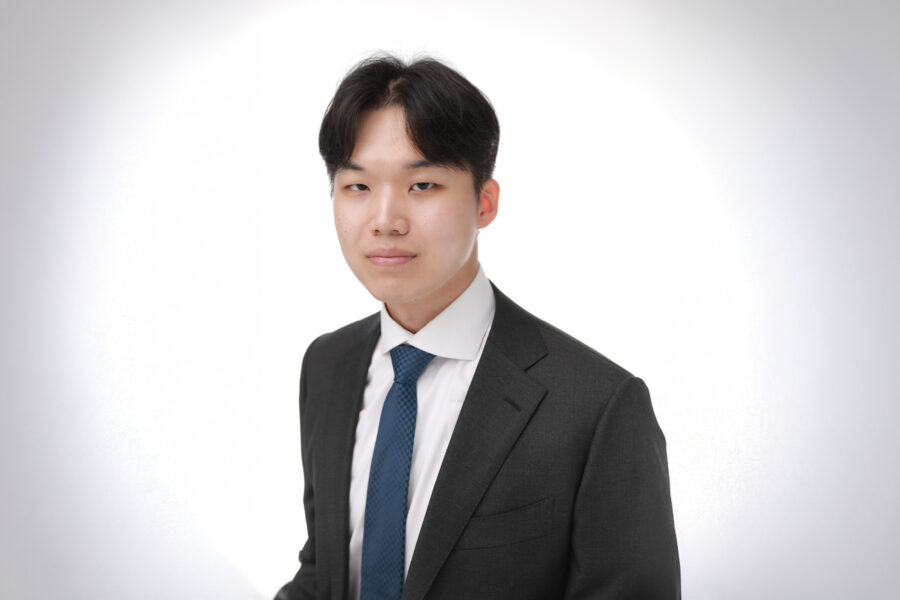
A Collaboration Across Continents
Medical student Dongchan (Alex) Lee participated in an academic study at Dong-A University alongside South Korean researchers as they explored possible links between mineral intake and depression.
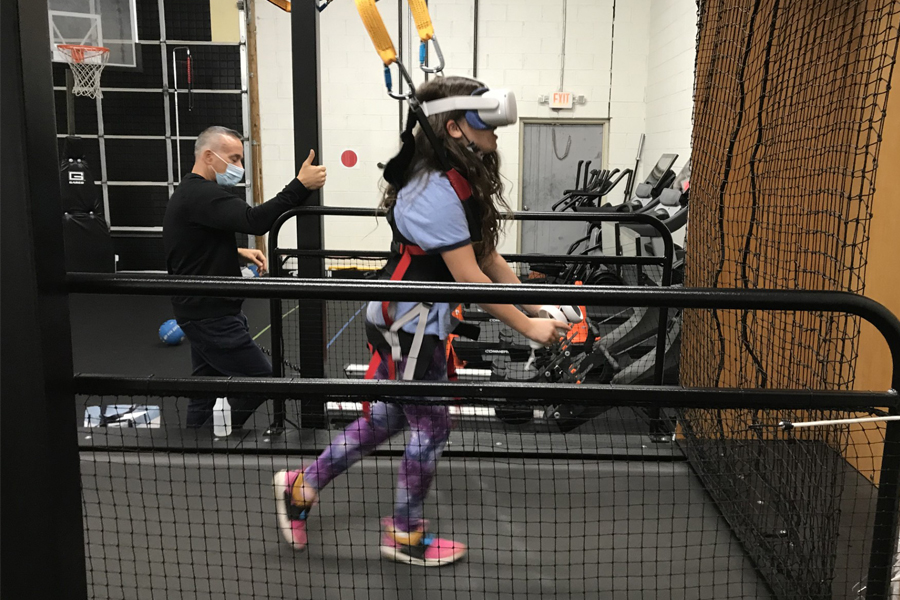
Study: VR Helps Children With Autism Participate in Exercise and Sports
A new study by researchers from the School of Health Professions and College of Osteopathic Medicine demonstrates how virtual reality (VR) can help children with autism spectrum disorder participate in exercise.
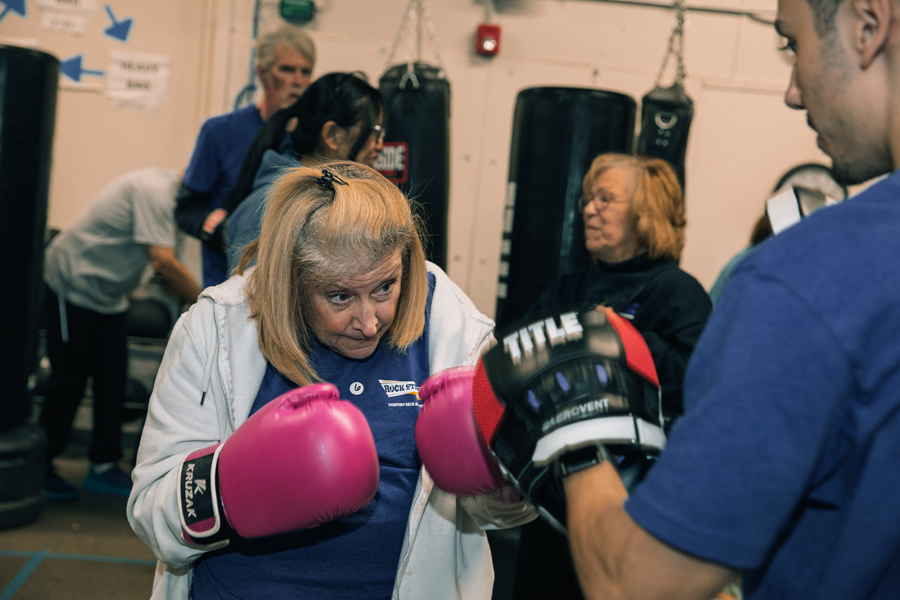
Boxers Fight Back Against Parkinson’s Disease
A holiday “boxathon” hosted by NYITCOM’s Parkinson’s Center raised awareness for the disease and the importance of exercise in treatment, while bringing members of the Rock Steady Boxing community together at a time when patients may experience loneliness and isolation.
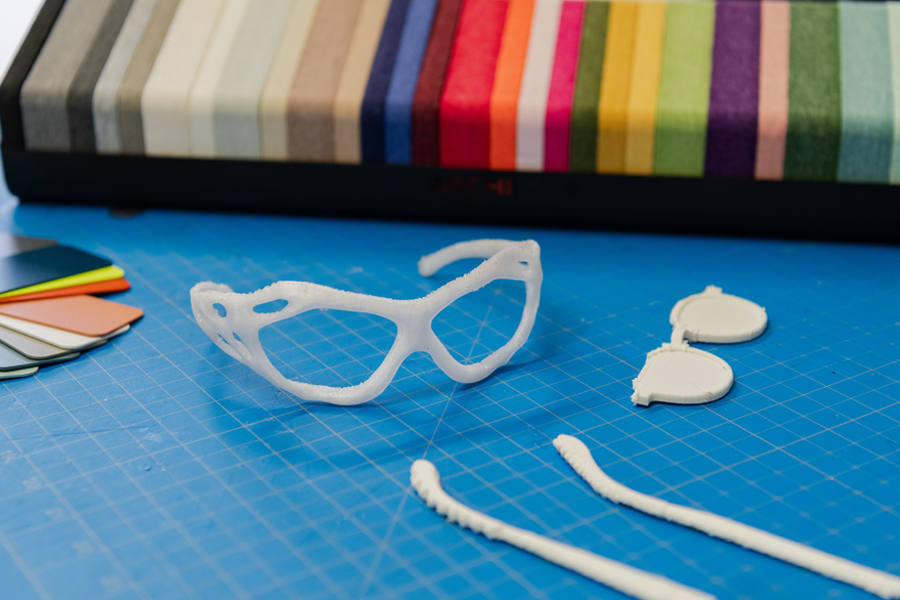
“Envisioning” More Inclusive Eyewear
As part of a collaborative initiative between New York Tech and the global eyewear company Marcolin, students from the School of Architecture and Design and NYITCOM teamed up to develop potential eyewear solutions for neurodivergent populations.
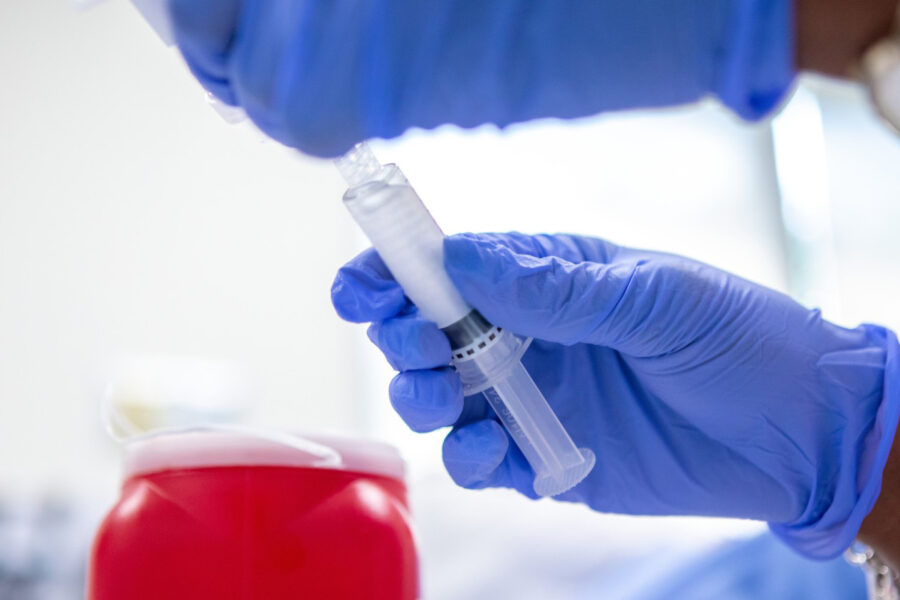
What to Know About This Year’s Flu
As health officials brace for another active flu season, NYITCOM-Arkansas infectious disease physician Carl Abraham, M.D., shares what to expect and how to stay well.
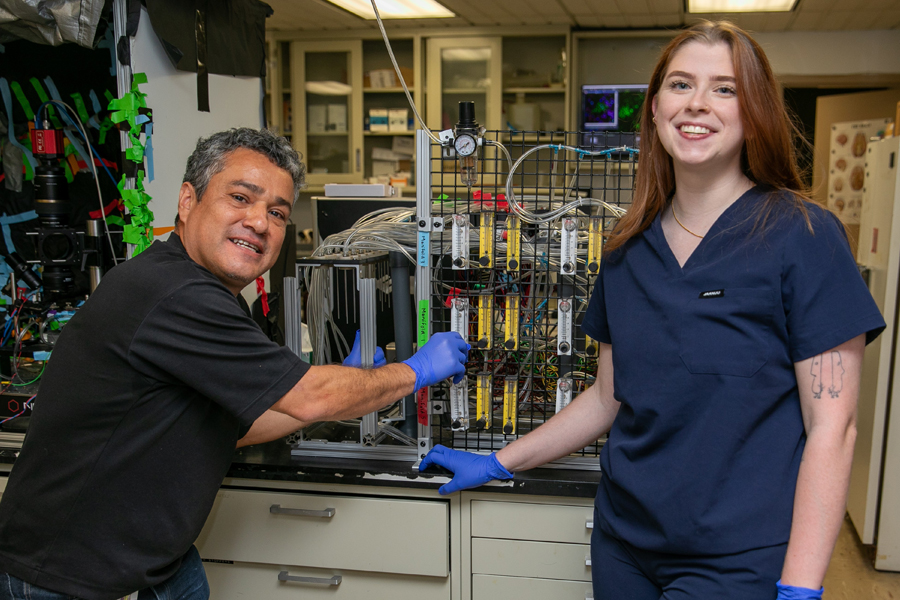
Driven by ‘Why’
Third-year medical student Kassandra Sturm leads the charge on a new study helping to uncover the neurological source affecting the sense of smell in autism spectrum disorder.